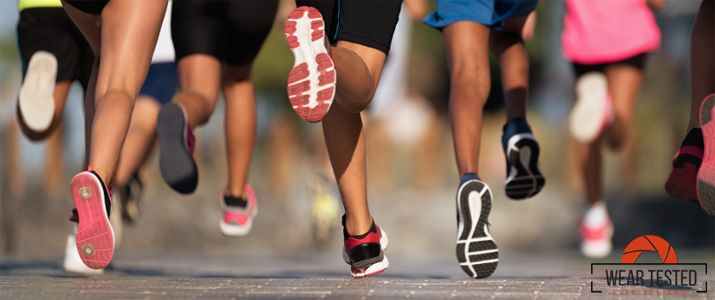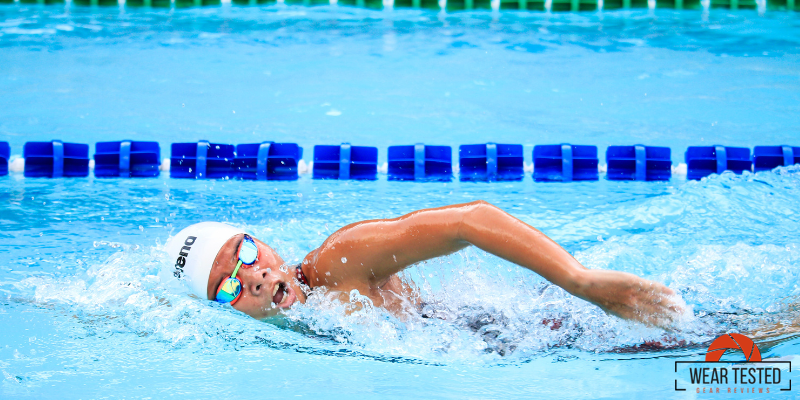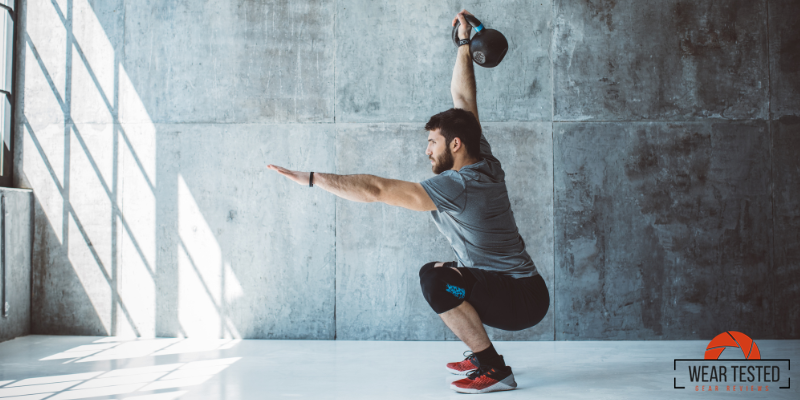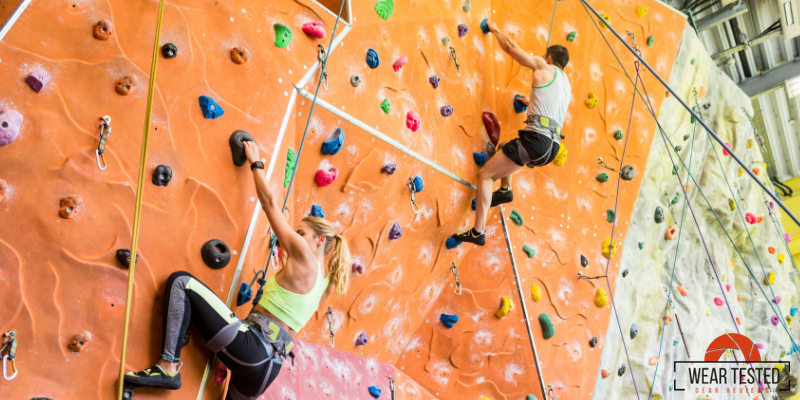What are the benefits of cross-training for runners?
Cross training offers a wide range of advantages for runners, whether you’re a beginner, a seasoned marathoner, or recovering from injury. Here are the key benefits, supported by expert sources and scientific studies:
Injury Prevention
- Repetitive impact from running can lead to overuse injuries. Cross-training reduces this risk by varying movement patterns and lowering the cumulative stress on muscles, joints, bones, tendons, and ligaments.
- Activities like rucking, cycling, swimming, and elliptical training provide cardiovascular benefits without the pounding associated with running, giving your body time to adapt and recover.
Improved Overall Fitness
- Cross training enhances cardiovascular fitness and muscular endurance, often running alone cannot.
- Strength training, for example, builds power and corrects muscle imbalances, which can improve running efficiency and performance.
Rehabilitation and Recovery
- When injuries occur, cross-training allows runners to maintain fitness without exacerbating the injury. Low-impact alternatives like rucking, pool running, cycling, or elliptical training can help preserve aerobic capacity during recovery.
- Cross training can also address the root causes of injury, such as muscle weaknesses or imbalances.
Mental Refresh and Motivation
- The monotony of running can lead to burnout. Cross training introduces variety, making training more enjoyable and helping sustain motivation over the long term.
- Activities outside running can rejuvenate the mind and body, especially during off-seasons or after intense training cycles.
Enhanced Performance
- By building complementary strength and improving aerobic capacity, cross-training can help runners train harder and more consistently, leading to better race performances.
- It allows runners to increase their total training volume without additional risk of overuse injuries, as the workload is distributed across different muscle groups and movement patterns.
Sustainable Injury-Free Running
- Reducing repetitive stress and addressing biomechanical weaknesses through cross-training can help runners stay healthy and active for more years, potentially prolonging their running careers.
At A Glance
| Benefit | How Cross-Training Helps |
| Injury Prevention | Reduces overuse, diversifies movement, corrects imbalances |
| Improved Fitness | Boosts cardiovascular and muscular strength |
| Rehabilitation | Maintains fitness during injury, aids recovery |
| Mental Motivation | Adds variety, prevents burnout |
| Enhanced Performance | Increases training volume, builds power and efficiency |
| Career Longevity | Reduces cumulative wear, supports long-term participation |
What are the best types of cross-training?
Cross-training is most effective for motivation and combating boredom when it introduces variety, challenges different muscle groups, and keeps workouts mentally engaging.
Rucking
- Rucking offers a lower-impact alternative to running, reducing stress on the joints while still delivering a significant cardiovascular and muscular workout.
- The added weight in rucking challenges your legs, core, back, and shoulders, building strength and endurance in ways running alone does not.
Cycling
- Provides a strong cardiovascular workout and strengthens leg muscles with less impact than running.
- Cycle outdoors for a change of scenery or indoors in a spin class for a social, high-energy environment.
Swimming
- Offers a full-body, low-impact workout that builds endurance and works both upper and lower body muscles.
- The novelty of water-based movement and the soothing environment can be mentally refreshing.
Yoga and Pilates
- Improve flexibility, balance, and core strength, which helps prevent injuries and enhances running form.
- The mindful, restorative nature of these practices can break up the monotony of high-intensity training.
HIIT (High-Intensity Interval Training)
- Short, intense bursts of exercise followed by rest periods keep sessions fast paced and exciting.
- HIIT is efficient for building strength and cardiovascular fitness, and the constantly changing exercises prevent boredom.
Strength Training (Bodyweight or Weights)
- Builds muscle strength and addresses imbalances, supporting better running performance.
- Exercises like squats, lunges, planks, and push-ups can be varied to keep routines interesting.
Trail Running or Hiking
- Changes the running environment, engages stabilizing muscles, and offers mental refreshment through nature exposure3.
Rowing and Elliptical Workouts
- Rowing provides a full-body, low-impact cardio workout that is different from running.
- The elliptical mimics running mechanics with less joint stress, offering variety in movement.
Group Fitness Classes (Spin, Barre, Martial Arts, Dance)
- Social interaction and instructor-led formats boost motivation and accountability.
- Activities like martial arts, dance, or Barre add new skills and movement patterns, keeping workouts fresh.
Outdoor Activities (Kayaking, Rock Climbing, Rollerblading, Golf)
- These activities challenge different muscle groups and provide a mental break from structured workouts.
- Being outdoors and learning new skills can make exercise feel like play rather than a chore.
At A Glance
| Activity | Motivation Boosters | Physical Benefits |
| Rucking | Scenery, group marches, mental refresh | Low impact, full-body strength, injury recovery |
| Cycling | Scenery, group rides, spin classes | Leg strength, cardio |
| Swimming | Water novelty, full-body movement | Endurance, low impact |
| Yoga/Pilates | Mindfulness, flexibility, restorative sessions | Flexibility, core, balance |
| HIIT | Fast-paced, varied exercises | Strength, cardio, time-efficient |
| Strength Training | Progress tracking, exercise variety | Muscle strength, injury prevention |
| Trail Running | Nature, changing terrain | Stability, mental refresh |
| Rowing/Elliptical | Different movement, indoor options | Full body/cardio, low impact |
| Group Classes | Social, instructor-led, music | Motivation, skill development |
| Outdoor Activities | Adventure, skill-building, nature | Upper body, coordination, cardio |
Conclusion
Cross training is a powerful tool for runners, providing physical, mental, and performance-related benefits. By integrating activities like rucking, cycling, swimming, strength training, or yoga into your routine, you can become a stronger, more resilient, and more motivated runner—while minimizing the risk of injury and burnout.






